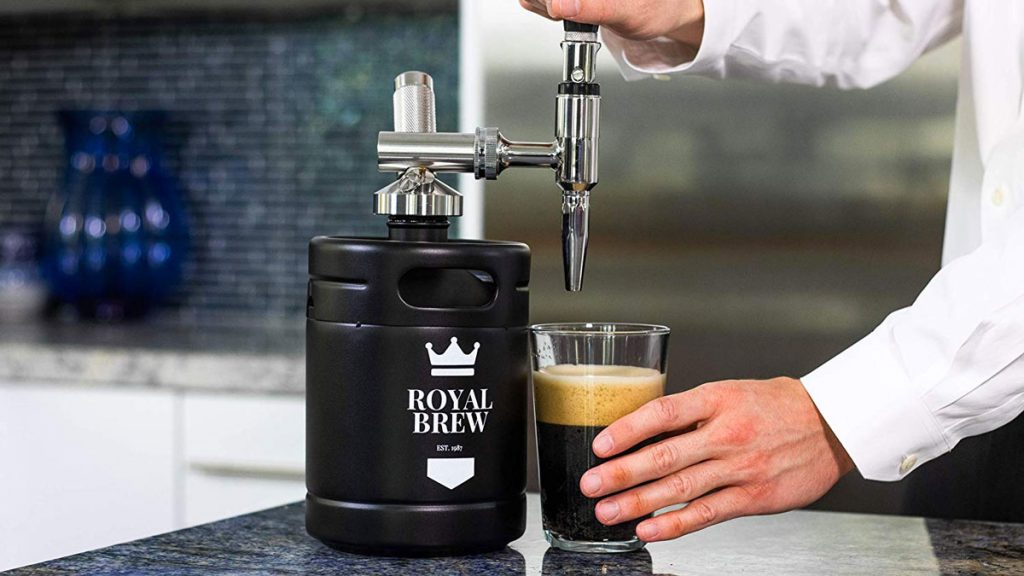The Zenith Global RTD Coffee Innovation Report 2018 claimed that global consumption of ready-to-drink coffee (RTD) will reach about 6.6 billion liters by 2022. RTD coffee was projected to grow at a CAGR of 3.8%. In fact, the CAGR was almost 5%, which is even higher than that of soft drinks. And if we consider that coffee takes a confident second place in world trade, second only to oil, the prospects for the coffee market are relevant for the entire world economy.
For quite a long time, the $ 100 billion coffee industry has tried to stay away from the fashion influences of consumer preferences. And while the market is getting tighter, there is still significant room for innovation that affects the entire coffee production cycle — from processing and packaging to logistics and delivery.
Coffee consumers are in constant search, ready for discoveries and new unusual tastes and experiences.
Cold Hot Drink
Cold brew is gradually gaining more and more consumers in the North America. Less sour, with more caffeine than regular iced coffee, RTD iced coffee is increasingly gaining the hearts of consumers looking for healthy alternatives to sugary soda, leaving plenty of room for experimentation for coffee company technologists.
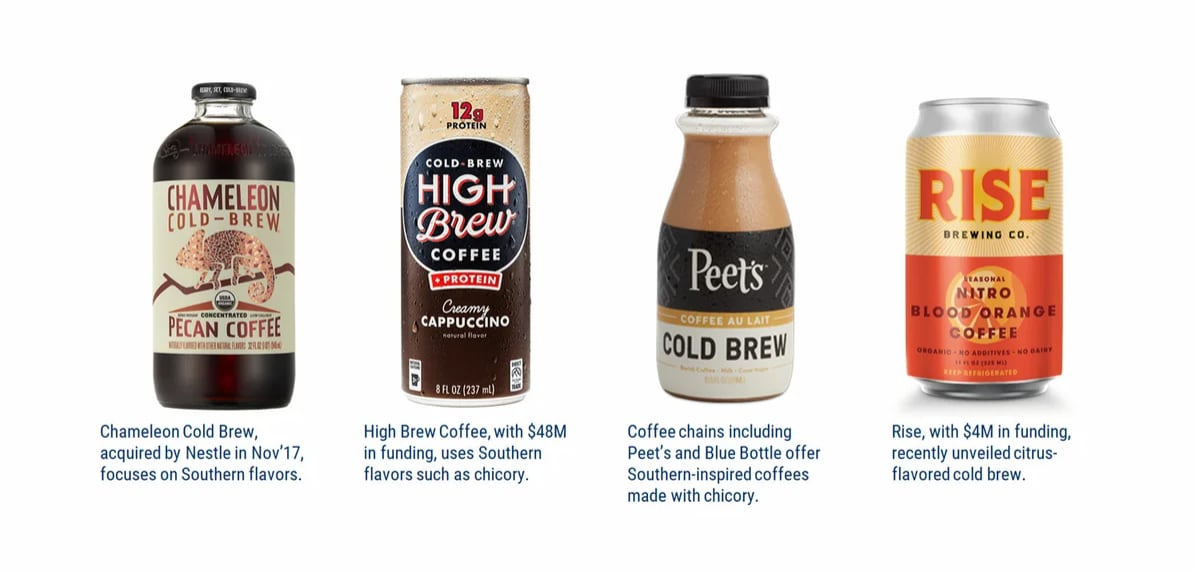
Leaders such as PepsiCo with its Pepsi Café line and Coca-Cola, which launched Coca-Cola Plus Coffee in Australia, set the tone in the segment. The mixture of cola and coffee came to consumers’ taste — they were just looking for options to get additional energy along with their usual drinks.
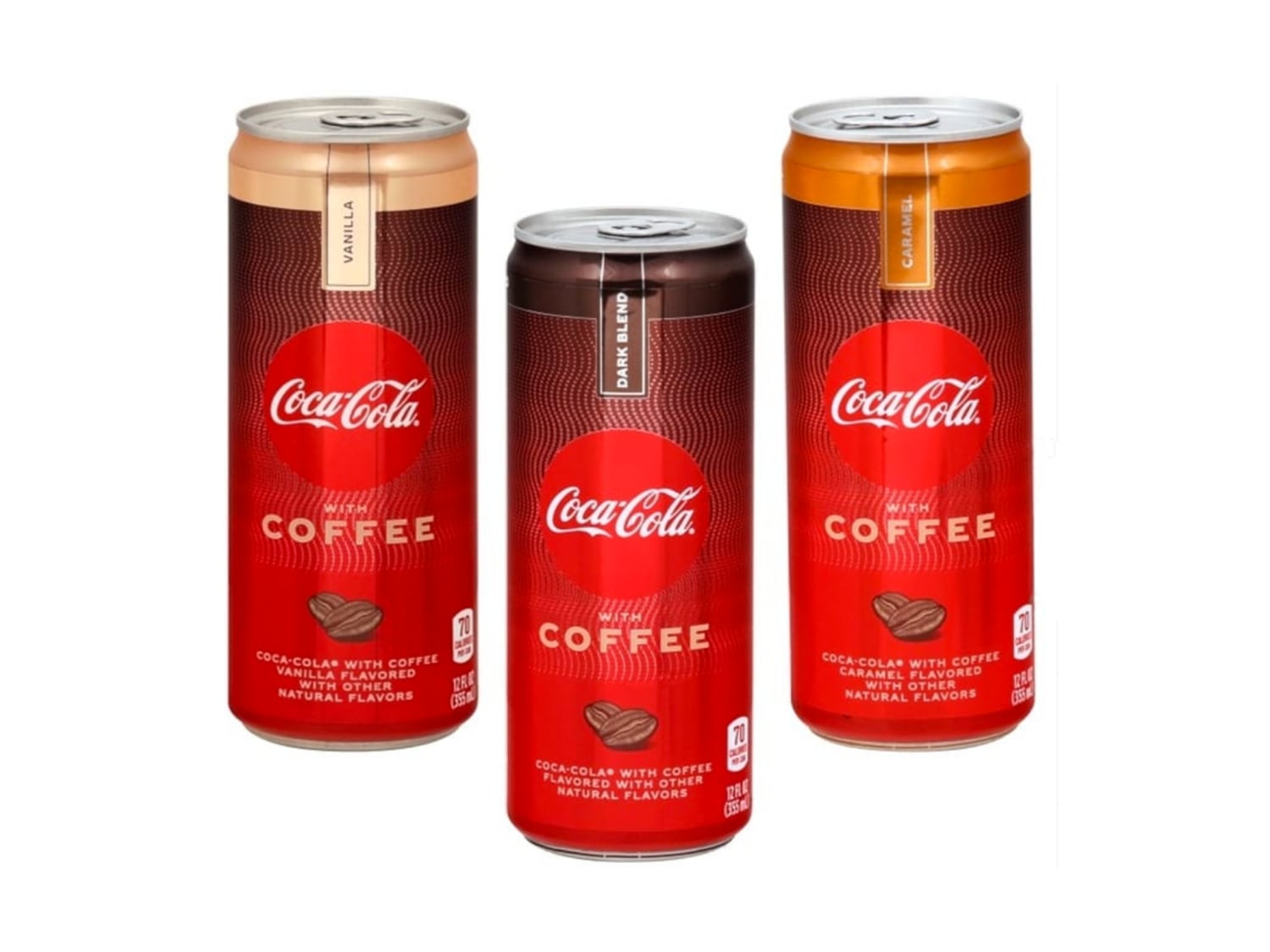
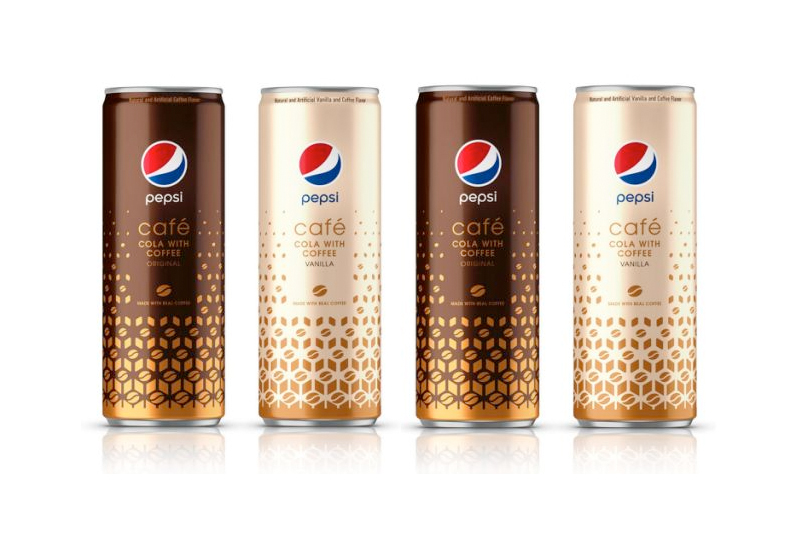
In addition, Coca-Cola introduced its new RTD product in 2020 under the recently acquired Costa Coffee brand in 10 new European markets such as Greece, Bulgaria, Hungary, Poland, Romania, Russia and Switzerland.
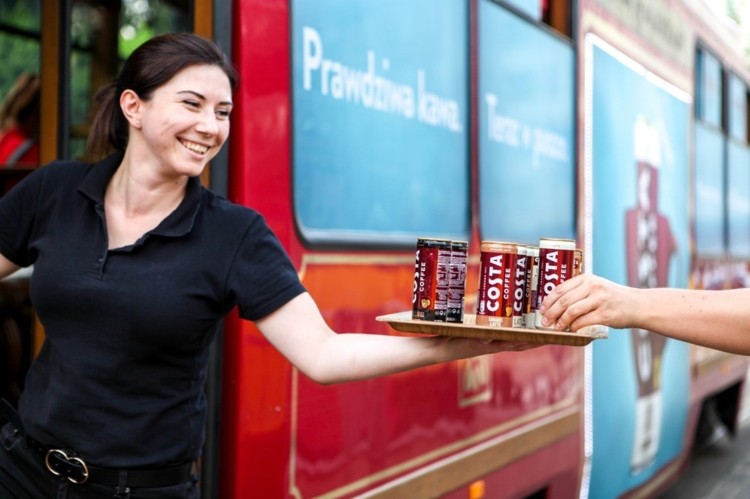
The drinking giant is serious about expanding its presence in the RTD coffee segment. The Costa Coffee line is presented in 3 SKUs: classic, caramel latte and black Americano.
It was with the acquisition of Costa Coffee that the cold brew segment received a new impetus for development, although it was supported by such giants as Starbucks and McDonald’s for quite some time.
Nitro Coffee or Carbonated Coffee
Nitro Coffee is cold brew coffee saturated with nitrogen that first appeared in the US coffee culture back in 2013. Nitrogen taps were installed at Stumptown Coffee Roasters and it was possible to taste real craft coffee with a rich creamy taste.
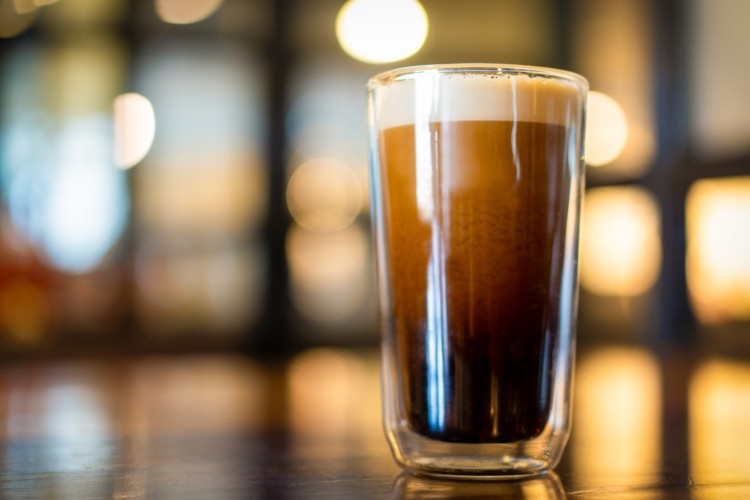
In the first minutes after bottling, nitro coffee looks very much like Guinness beer — the same head of foam and an avalanche of bubbles. This is actively used by manufacturers of coffee equipment.
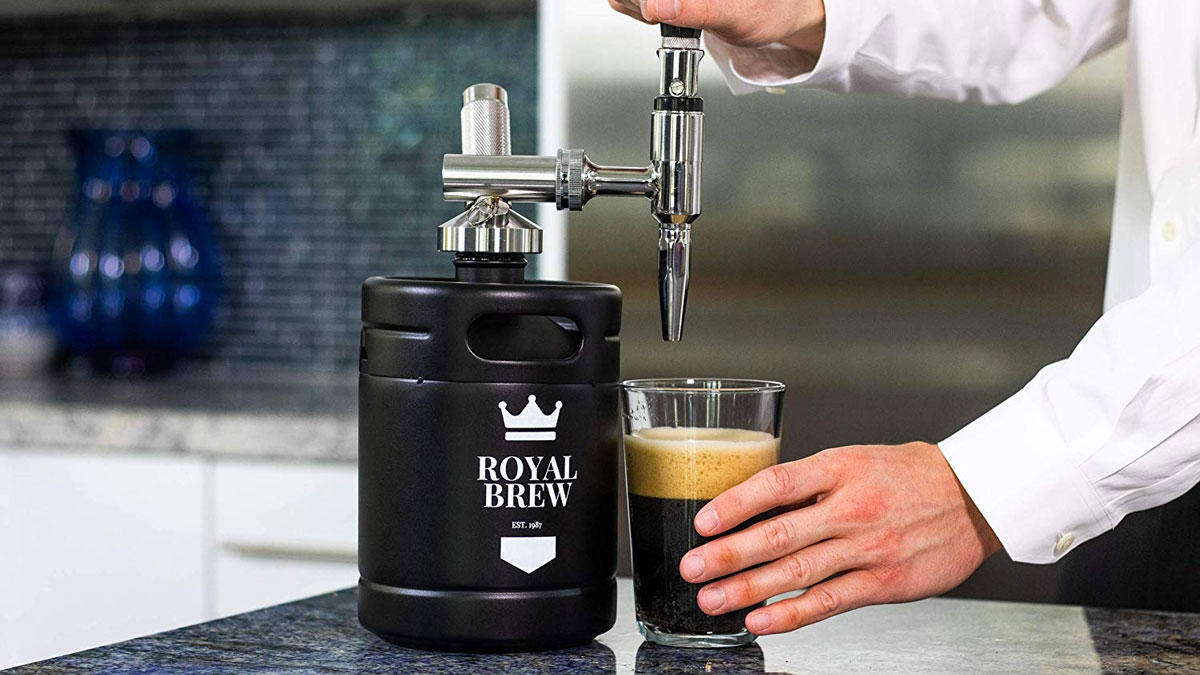
For example, the Royal Brew Nitro Cold Brew is created following beer dispensing systems. Pouring coffee through a strong tap allows you to get a drink with beautiful beer foam at home.
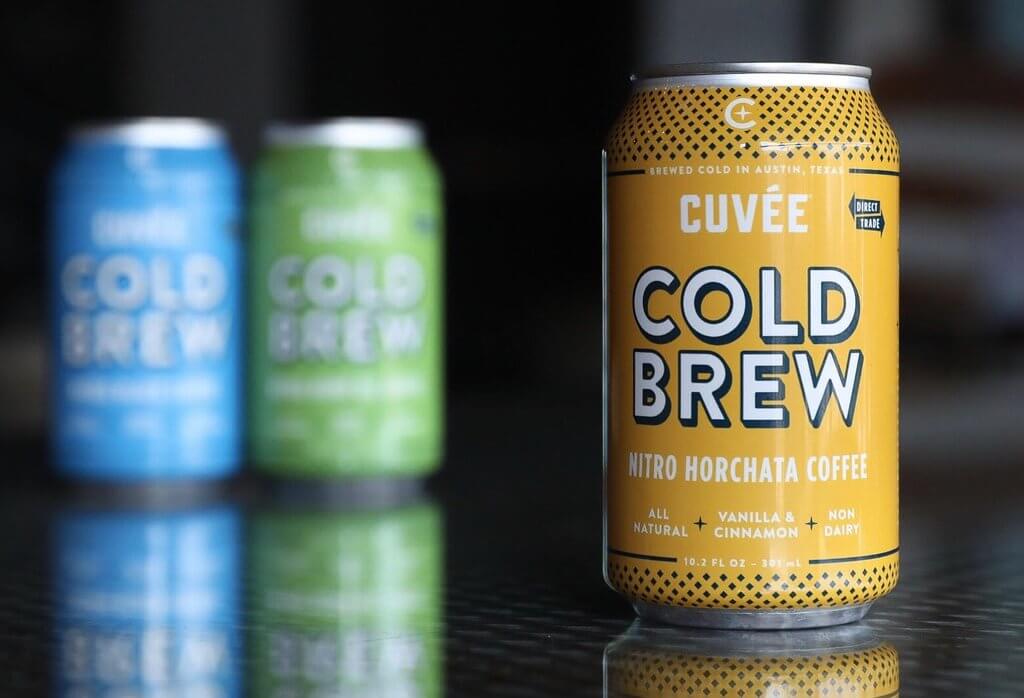
In 2014, Cuvée Coffee introduced its nitro canned coffee to the coffee world for the first time. Subsequently, a whole cold brew production facility was built in Austin, Texas.
Today, customers are offered a large selection of SKUs of nitro cold brew — both classic black coffee without milk and sugar, and with hemp oil or with vanilla and cinnamon.
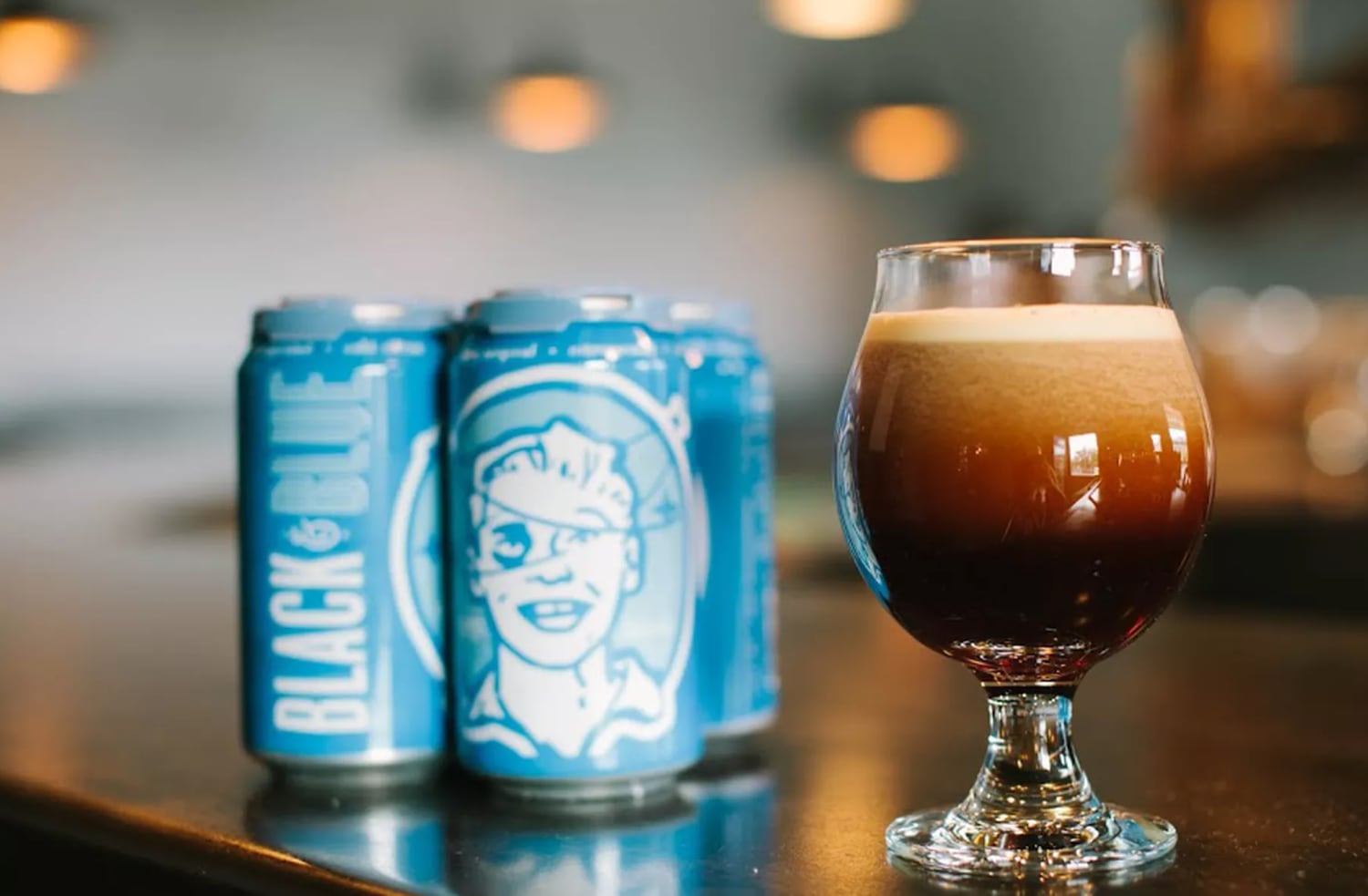
The manufacturer regularly pleases fans of nitro coffee with new products. One of the more popular varieties is Cuvée Coffee’s Black & Blue.
In 2015, Stumptown Coffee, a Portland, Oregon-based coffee company, released its version of a double filtered nitro coffee with a low acidity and chocolate aftertaste.
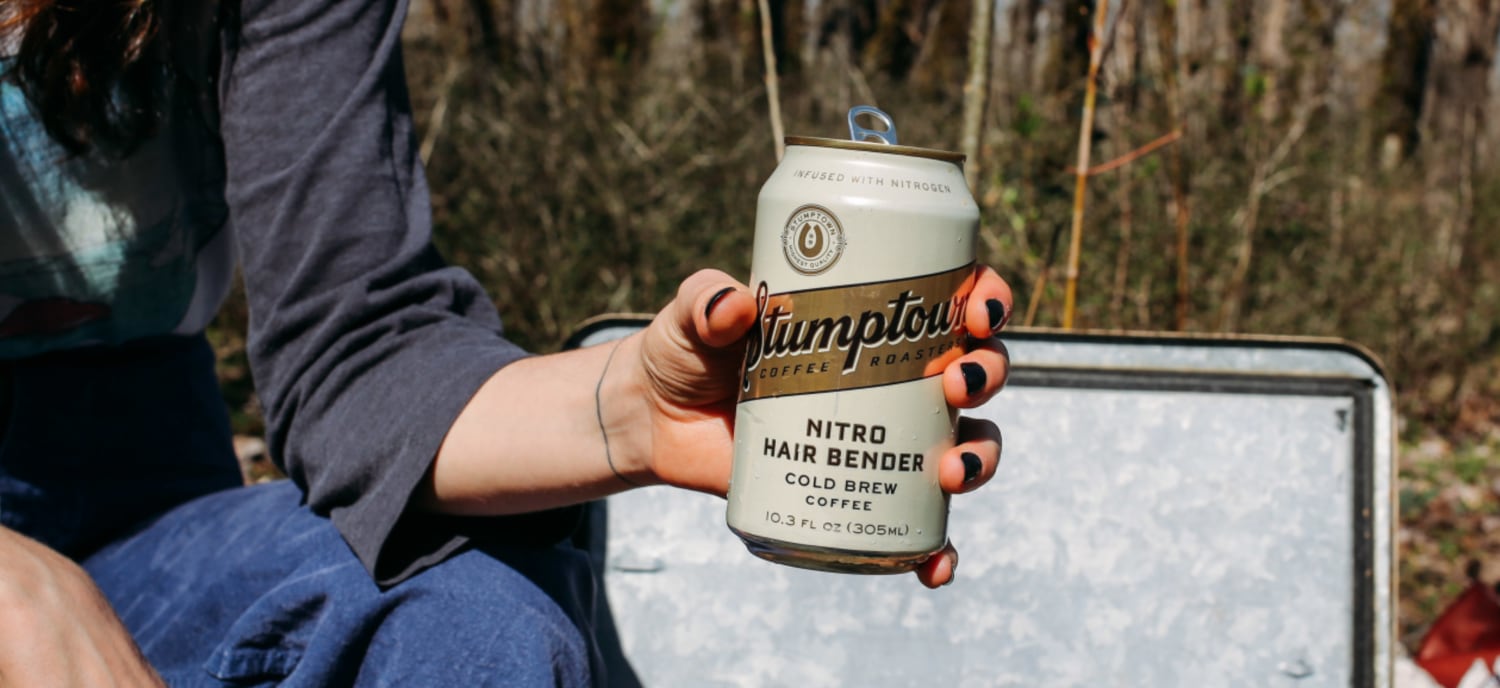
Stumptown is passionate about creating new flavors. While experimenting with raw materials — different regions of coffee, monosort and blend growing, processing methods, etc., the Nitro Hair Bender variety was born with a floral aroma, notes of cherry and citrus and a caramel body.
Carbonated coffee is still an area of innovation. Since 2015, when Venice Cold Brew introduced a novelty of the same name in the USA — cascara coffee (dried pulp of a coffee berry) with sugar, soda water and cold brewed coffee, the company’s new products have only been gaining momentum.

Nitro coffee launches continued to hit shelves throughout 2020. For example, Verve Coffee Roaster Single Origin Flash from Verve Coffee Roaster.
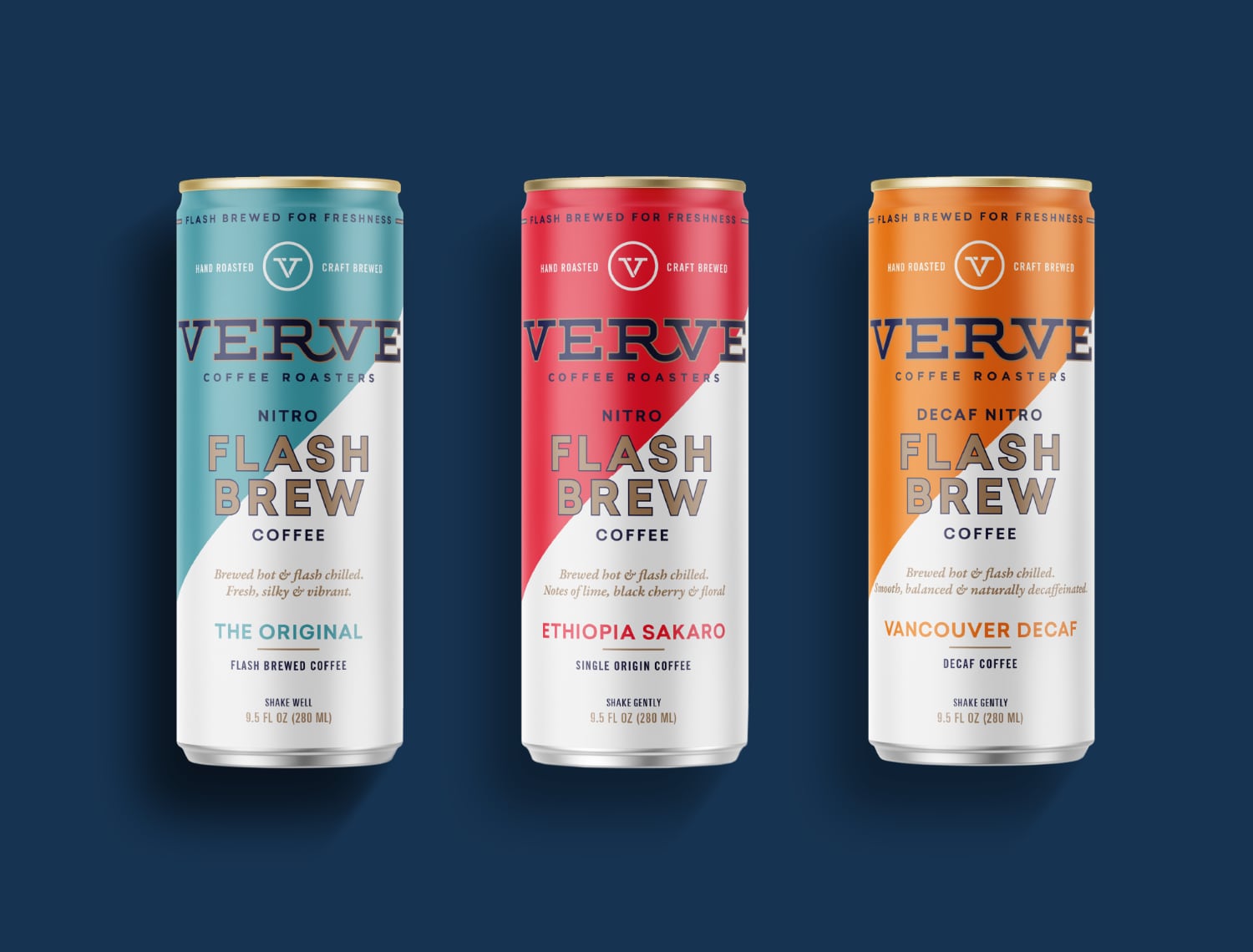
Starting with a limited edition of Ethiopia Sakaro “for coffee lovers who strive to make every cup of coffee an aromatic journey,” the company has continued to release each new SKU from different regions of origin. Thus, the company tried to «bring back the taste of past travel» during the pandemic.
Molecular or Beanless Coffee
Since the moment when the innovative coffee maker Atomo put forward the revolutionary postulate: «The vast majority of coffee lovers really do not like the taste of coffee …», the company has not stopped working on creating the perfect drink.
“We think that 68% of coffee drinkers are not satisfied with the taste. They love the smell, but to compensate for the bitterness and make the taste as good as possible, a large number of people add cream and sugar to their coffee to block the bitter taste,” says Atomo co-founder and CEO Andy Kleich.
All this turned into the fact that, having studied more than 1000 chemical compounds of roasted coffee, Atomo technologists (the R&D department in the company is headed by microbiologist Jarrett Stopfort, who previously worked with Campbell Soup, Chobani, Corbion and Soylent companies), created a formula for ground coffee, consisting of a complex of plant components.
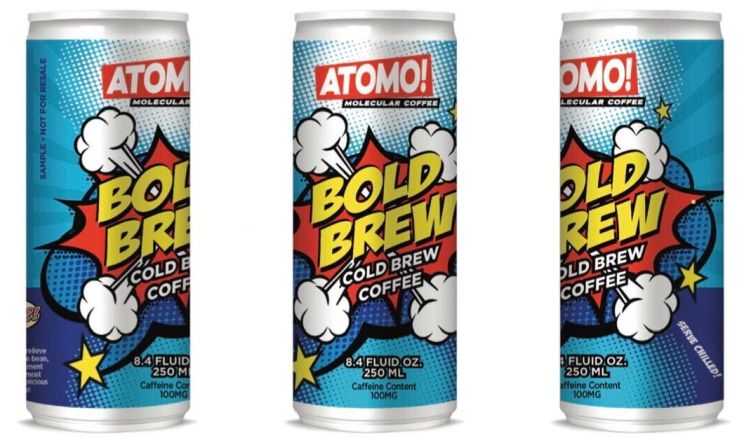
Atomo plans to «reinvent the coffee category» by making ready-to-drink drinks, ground coffee and coffee capsules.
The list of ingredients in the company is not disclosed, but in the aggregate, all the components used create the same coffee matrix, which resembles ordinary coffee in terms of taste and aroma. The intellectual property of Atomo lies in the fact that the ingredients and technologies used in the resulting drink fully correspond to the compounds contained in classic coffee beans, but the usual bitterness is completely absent in the drink.
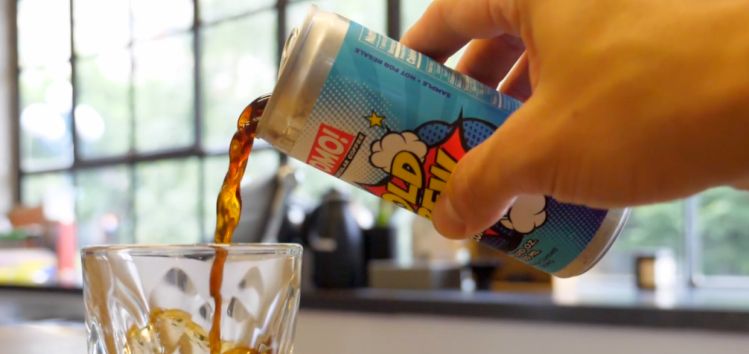
The drink turned out to be memorable. Blind tests conducted in 2019, first at the University of Washington and then CNBC in Seattle, showed 70% of test takers preferred Atomo over Starbucks Pike Blend.
Atomo commercialization is scheduled for 2021.
Hard-Coffee
Coffee is an excellent ingredient in many alcoholic beverages. Manufacturers have been trying to exploit this topic for quite some time.
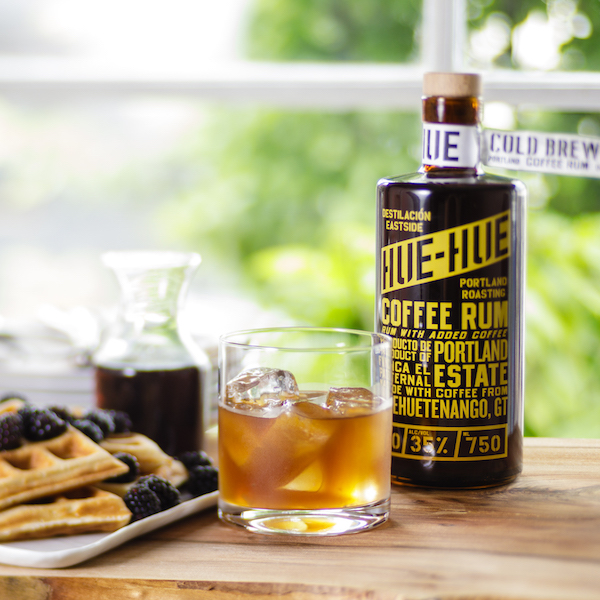
So, back in 2018, rum with HUE-HUE COFFEE RUM (pronounced Way-Way) appeared on the market. The manufacturer mixes coffee made from Arabica beans from Guatemala with high-quality silver rum and a small amount of Demerara sugar.
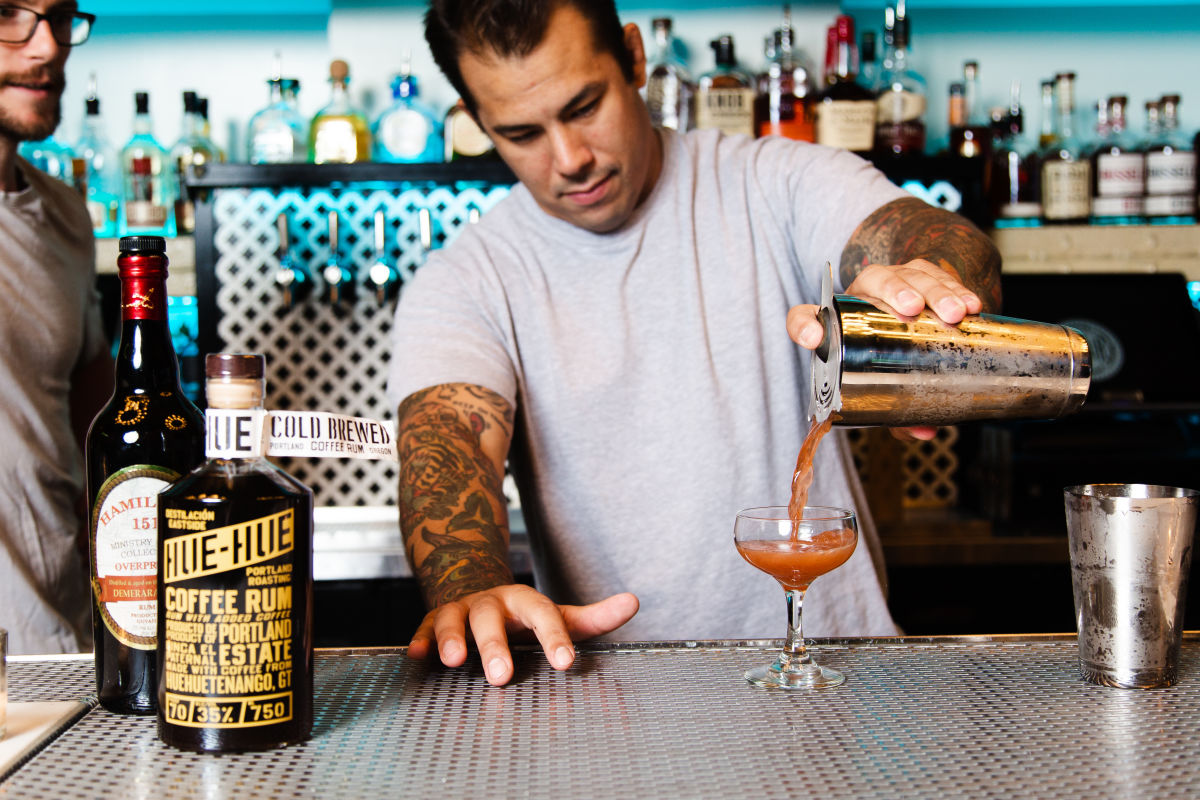
The delightfully original drink is great for sipping slowly in bars or mixing in cocktails.
California-based startup Bomani has crafted its coffee response to the hard seltzer fashion category that has been growing in the US over the past few years.
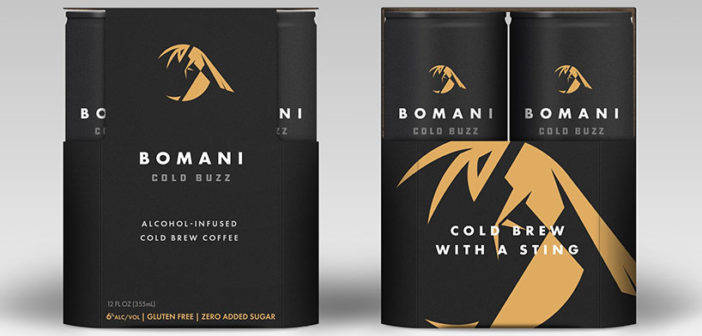
The manufacturer has combined two of the fastest growing subcategories in the beverage industry: iced coffee and sugar fermented alcohol (the same alcohol that is added to hard seltzers).
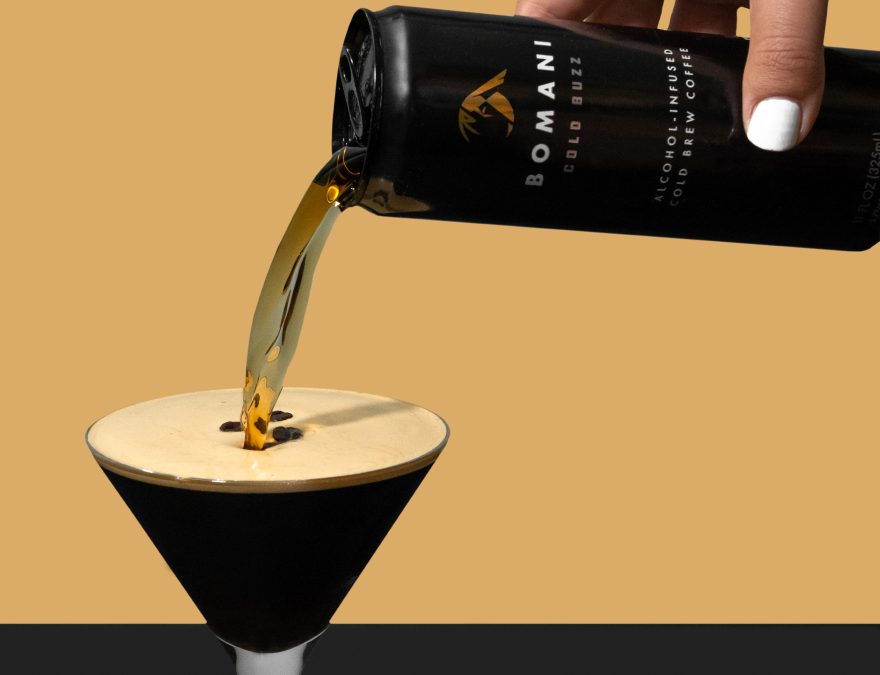
The new Bomani Cold Buzz launched on the market is a 5.7% low alcohol cold coffee.
Coffee instead of Chocolate
“Until the 19th century, chocolate (cocoa) could not only be eaten, but also drunk,” says David Burke, the new CEO of The Whole Co in Miami. «Now we figured out how to turn coffee into food.»
Burke is an FMCG veteran who has worked for PepsiCo, Coca-Cola, Primo Water and Red Diamond Tea & Co. His new company stopped making chocolate and focused entirely on edible coffee. The Whole Co is no less creating a completely new product category.
The intellectual property behind this transformation is enshrined in a set of process and equipment patents granted to The Whole Co (a chocolate maker formerly known as Tierra Nueva). According to the patent, the company combines ultrafine roasted coffee beans with cocoa butter, which encapsulates the roasted coffee particles, preserving their aroma and taste, then the resulting mixture is softened, gradually cooled, and then reheated. And then it is repeated.
The result is a dark, aromatic and shelf stable «whole coffee substance» with a thick paste consistency that can be used to prepare a variety of products. For example, popular nutritional bars.
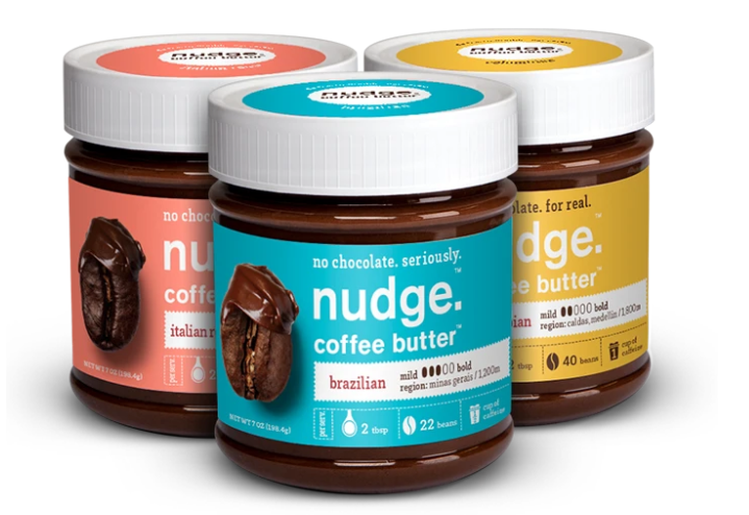
The Whole Co mainly focuses on developing products under its own brand name Nudge, but also collaborates with other companies, such as Dunkin Donuts, for which it produces private label coffee bars.
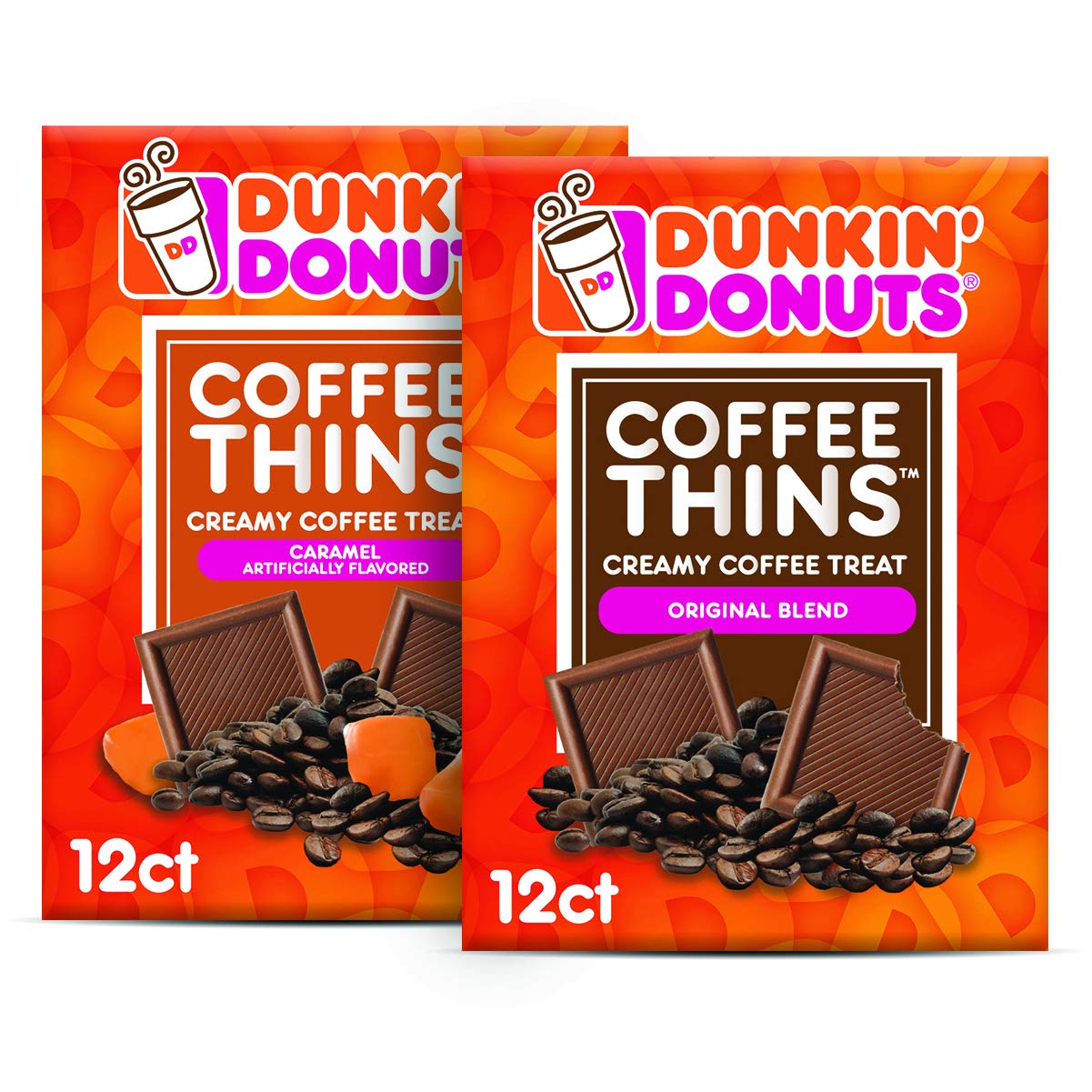
The Whole Co management says in an interview that negotiations with a very large coffee brand from Italy have recently ended and soon we will see the emergence of «edible coffee» in Europe.
“Sports” Coffee
Caffeine is one of the main components of almost any pre-workout supplement. However, WORKOUT coffee can be considered a truly revolutionary drink for professional athletes.
Essentially, this is regular coffee with an innovative ingredient added — TheaFit, a plant-based supplement developed by researchers at Rutgers, State University of New Jersey.
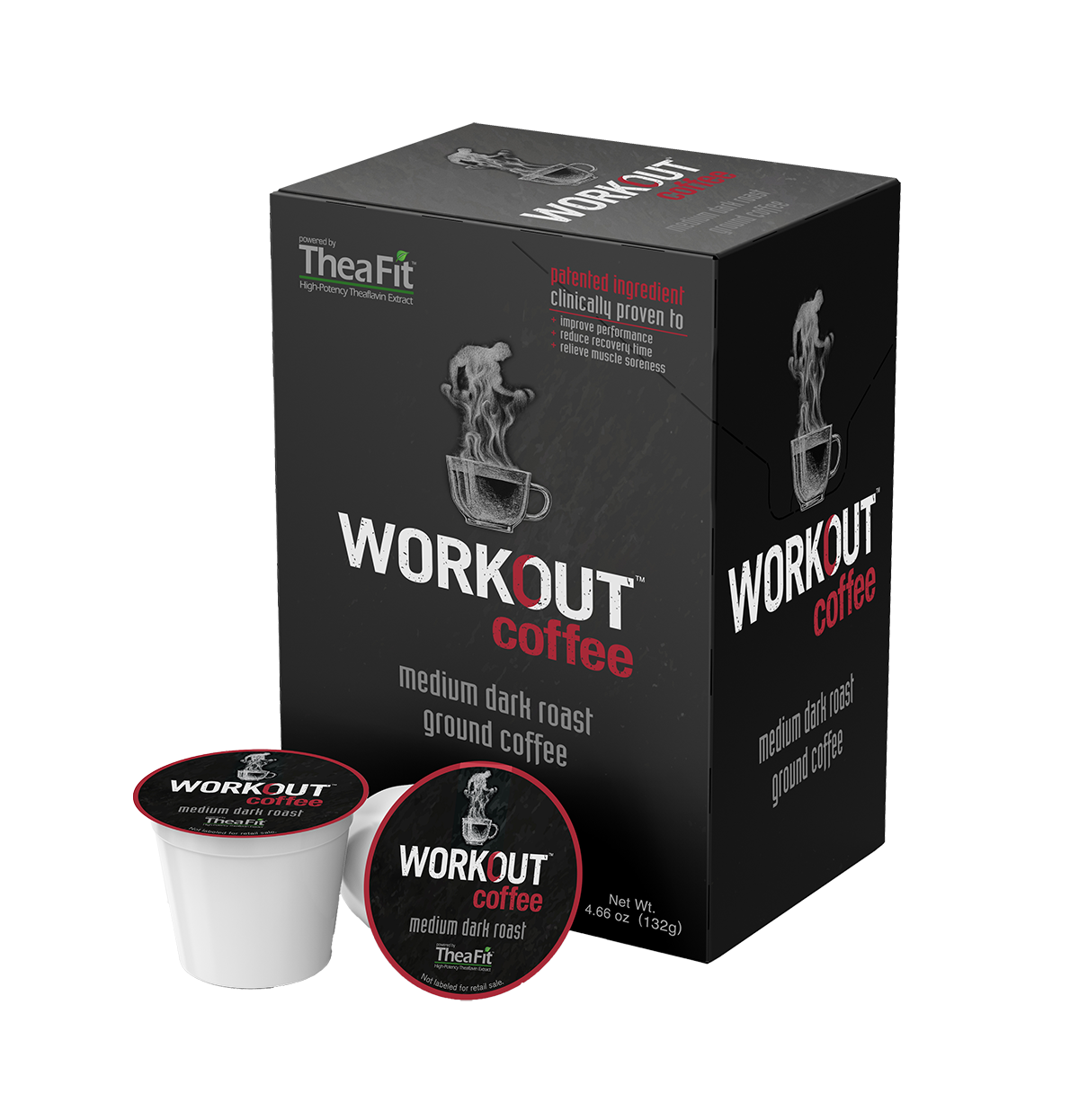
TheaFit’s active ingredient is theaflavin, a bioactive chemical formed by the condensation of flavan-3-ols (flavanols) in tea leaves during the enzymatic oxidation of black tea. Theaflavin has been used medicinally in some parts of the world for quite some time, but it wasn’t until the Rutgers Institute of Food, Nutrition and Health that its effects on people with exercise-induced inflammation and oxidative stress were first investigated.
Research has resulted in two US patents, and the «sports coffee» itself has been clinically tested on multiple control groups of athletes, scientifically proving WORKOUT is ideal for improving exercise performance and reducing recovery time.
Protein Coffee
Protein coffee is another well-established trend supported by many manufacturers.
Super Coffee, an independent coffee company based in New York, began experiments back in 2015 to create its own whey protein-fortified coffee in the hopes of creating a healthy, low-calorie, sugar-free coffee.
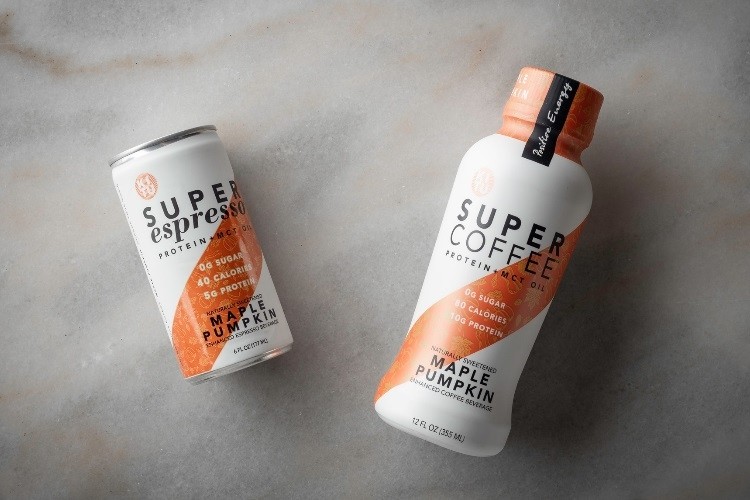
Recently, the base Super Coffee line of 4 SKUs — Original, Vanilla, Hazelnut and Mocha has been replenished with the new Super Coffee Maple Pumpkin, and soon the company promises to present another novelty to the market — peppermint coffee with a new taste of Gingerbread Eggnog.
In 2020, Los Angeles-based Koia plant-based protein shake brand expanded with a line of coffee drinks made with plant-based protein, organic MCT oil and coconut milk.
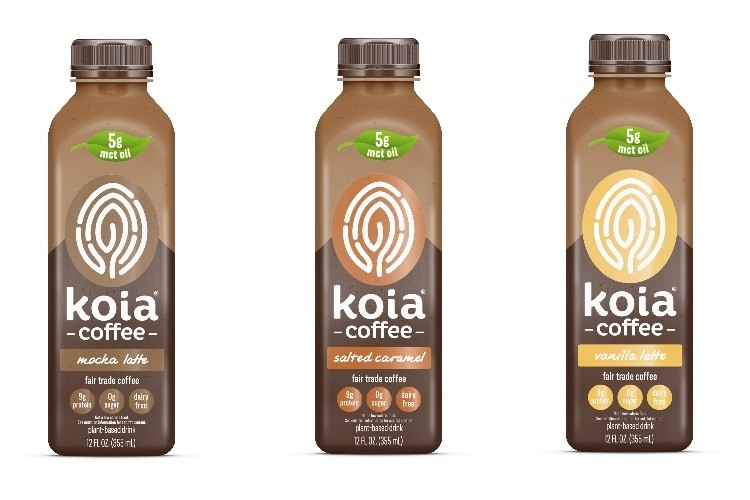
Koia Coffee is designed as an alternative to RTD cream coffee and energy drinks, usually containing sugar. The first three flavors are vanilla latte, mocha latte and salted caramel.
The drinks are composed of organic fair trade coffee and 9g of vegetable protein obtained from a mixture of brown rice, peas and chickpeas. Each bottle contains 200 mg of caffeine, derived from green coffee bean extract and no added sugar. There are only 110 calories in a 350 ml bottle.
To mimic the texture of regular coffee with cream, Koia contains 5g of C8 MCT oil (healthy fats the body can burn for energy) and coconut milk. Both of these ingredients provide body with healthy fats, help improve cognitive function, and provide sustainable energy.
Cubic Coffee
The format of instant coffee has not changed for years — consumers continue to measure coffee with a spoon, but The startup Santo Cubes decided to change this approach. His product — pressed coffee cubes made from 100% Colombian coffee and cane sugar — is an innovation in a category where no one expected anything new.
Such large brands as Folgers (market share 11%), Maxwell House (5.9%) and Nescafe (5.1%) are leading in the segment of freeze-dried coffee in the United States. Instant coffee consumption in the United States is gradually declining — from 28.1% of households in 2012 to almost 24% at the end of 2019.
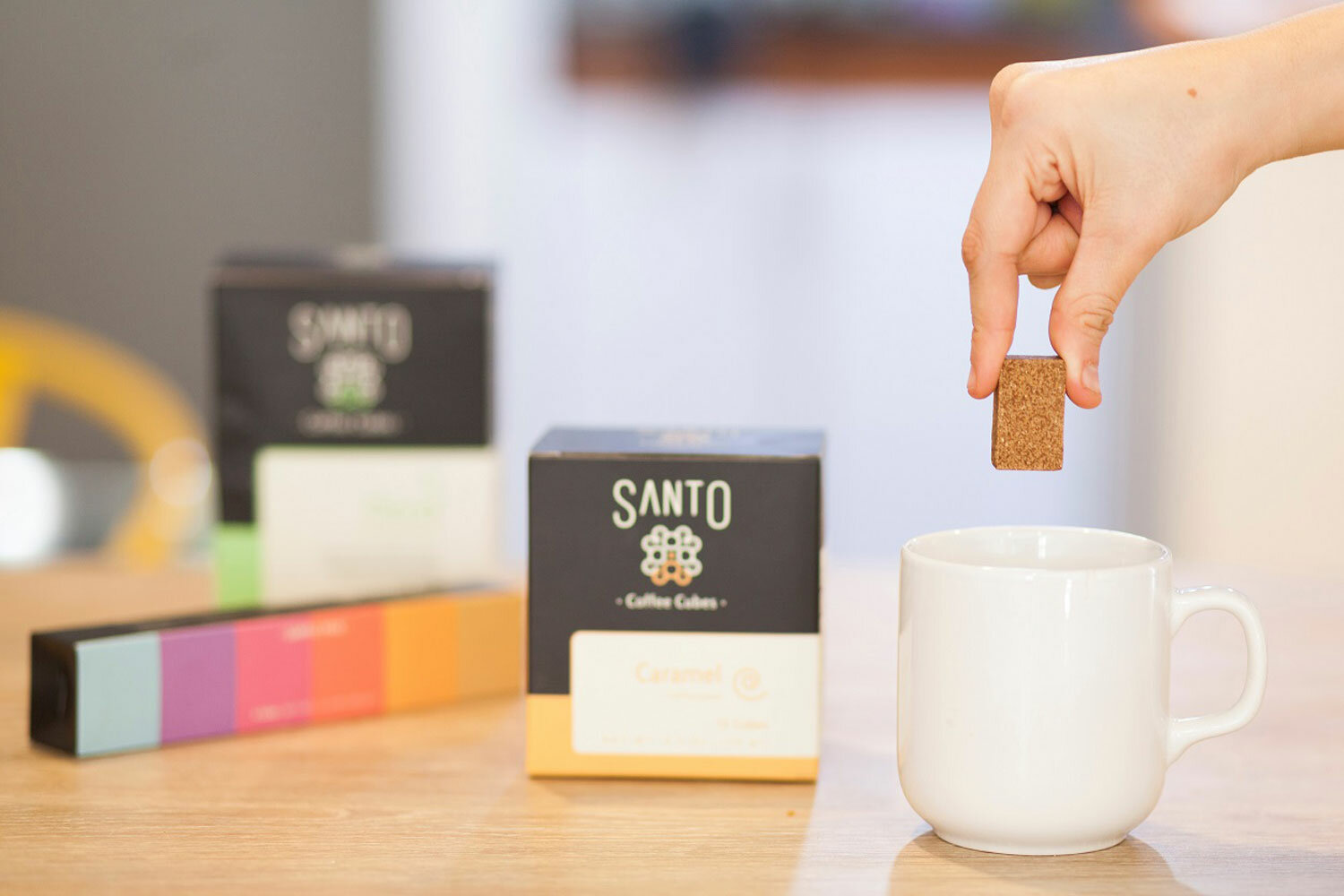
Polls showed that Santo Cubes was liked by 78% of consumers who tried the product. Everyone noted that despite the manufacturer’s statements, coffee cubes do not at all look like instant coffee we are used to, although they also dissolve in 10 seconds in ordinary hot water or milk.
Santo Cubes are available in 9 different flavors and claim to be a good shake-up for the entire instant coffee segment.
Mushroom Coffee — New Food Trend
Mushrooms have become the most fashionable ingredient in recent years. The market already has mushroom tea, beer, and cosmetics. Four Sigmatic, a Finnish manufacturer, has set itself the ambitious goal of making the healthiest coffee in the world. And it looks like the Finns have successfully coped with this.
Four Sigmatic Mushroom Coffee is a common Arabica coffee from Central America blended with dry extracts of the medicinal mushrooms maitake (curly griffin), chaga, tinder fungus, cordyceps and reishi mushrooms, whose medicinal properties have been used in Ayurvedic and traditional Chinese medicine for over 2000 years.
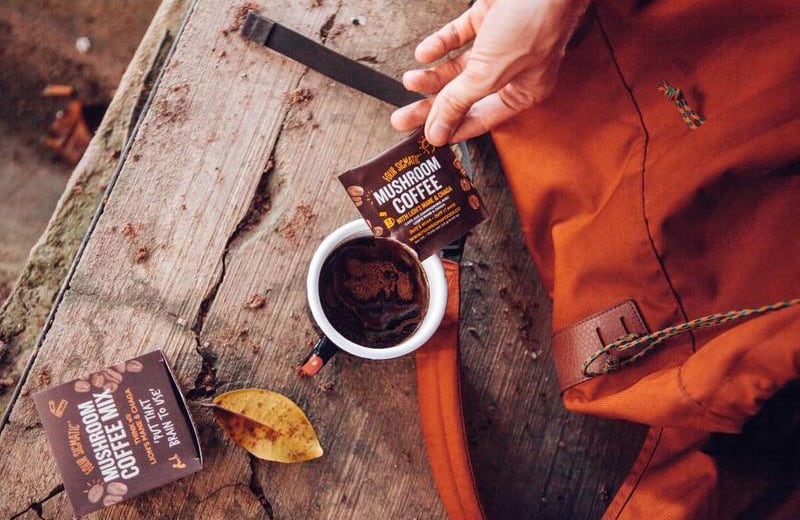
It is mushrooms that are the secret ingredient in mushroom coffee that retains all the properties of caffeine, significantly reducing its harmful effects on the body in the form of increased pressure and other things, if you exceed its norm. In addition, the manufacturer cites medical research data confirming that mushroom coffee regulates blood sugar levels, does not cause digestive disorders and has a positive effect on brain function.
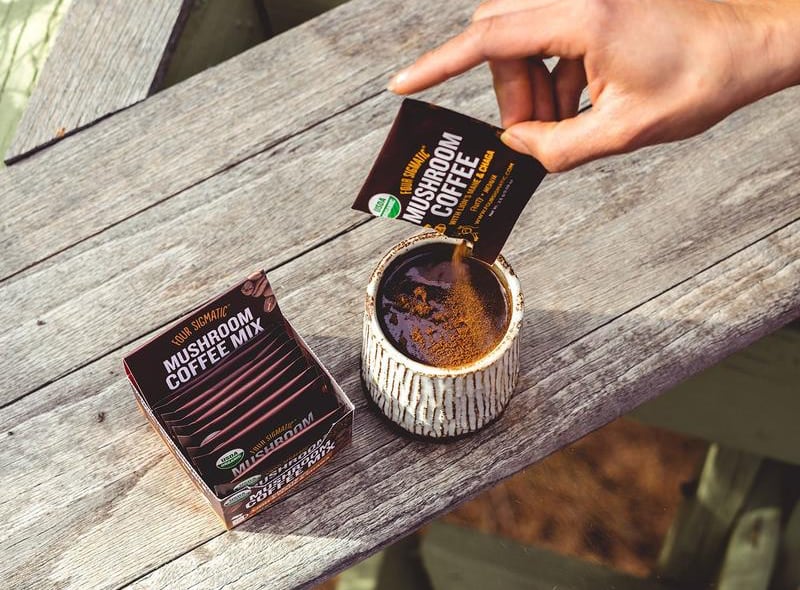
Despite the fact that the production process seems simple, the manufacturer warns not to try to produce a similar product at home. In fact, a double extraction process takes place in production, which removes the fat-soluble active substances, fibers and the specific mushroom flavor from the mushrooms.
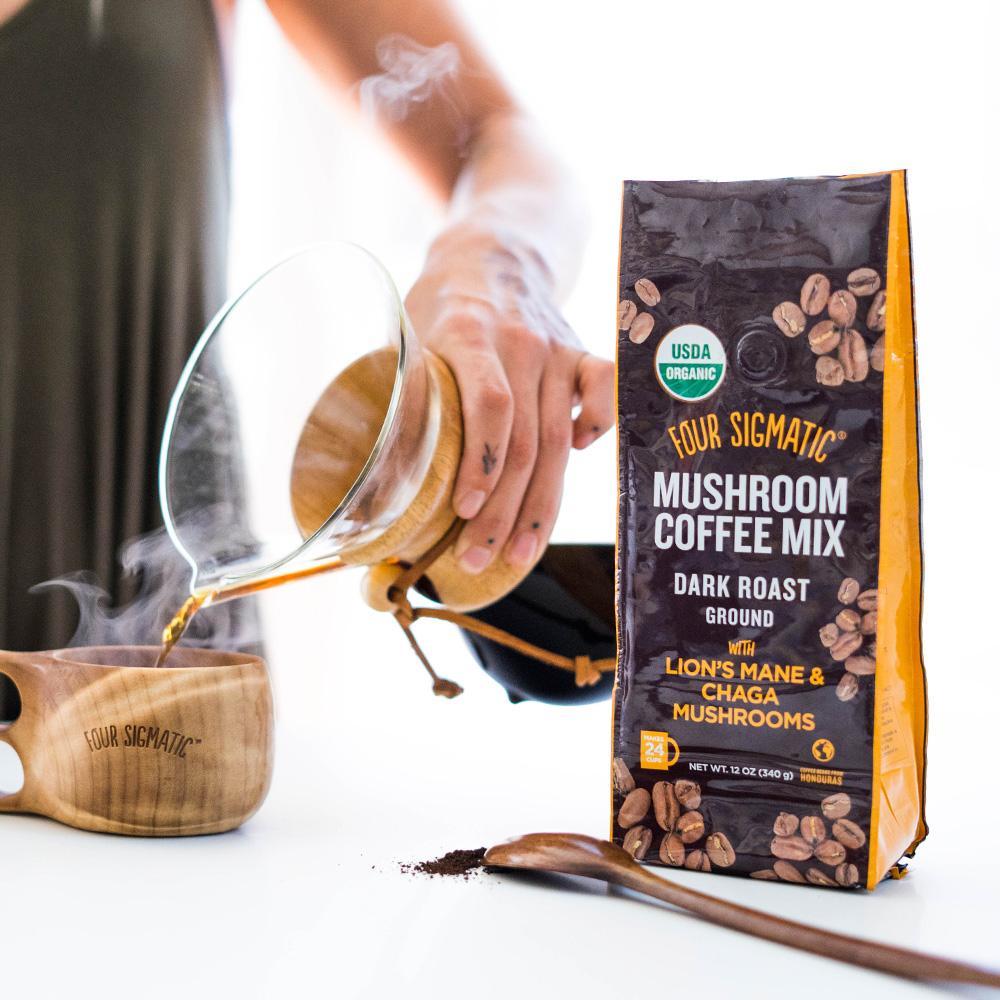
For now, the consumption of the mushroom drink restrains mental barriers about the incompatibility of coffee and mushrooms. But the founder and CEO of the company, Tero Isocappila, a 13th generation farmer, is confident that mushroom coffee will go the same way as sushi made from raw fish went 40 years ago in Europe and the United States — from distrust and fear to mass love throughout the world.
